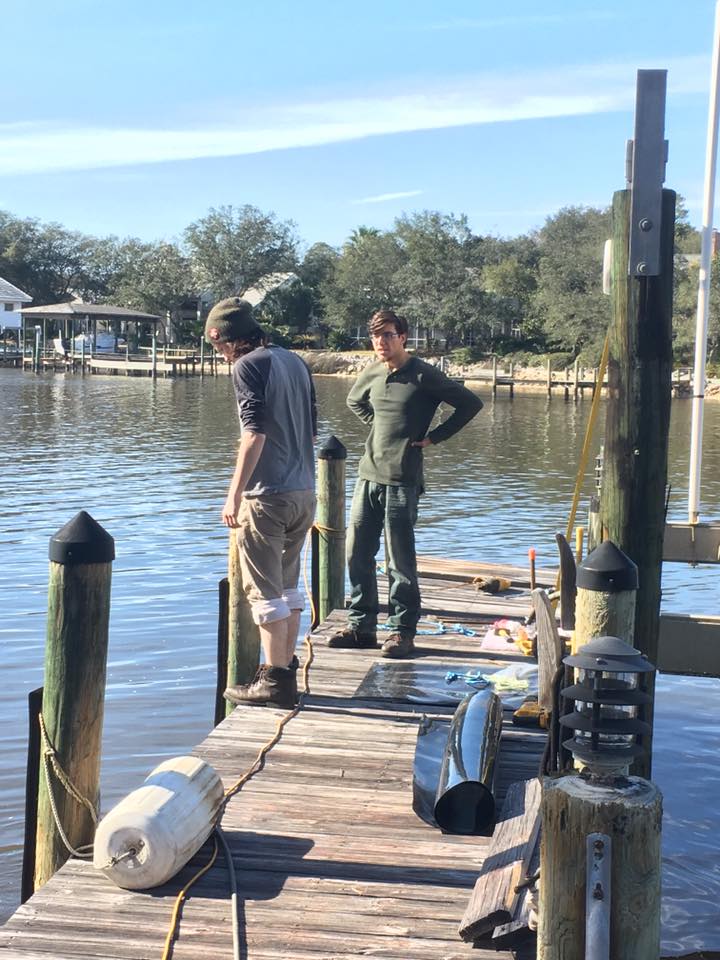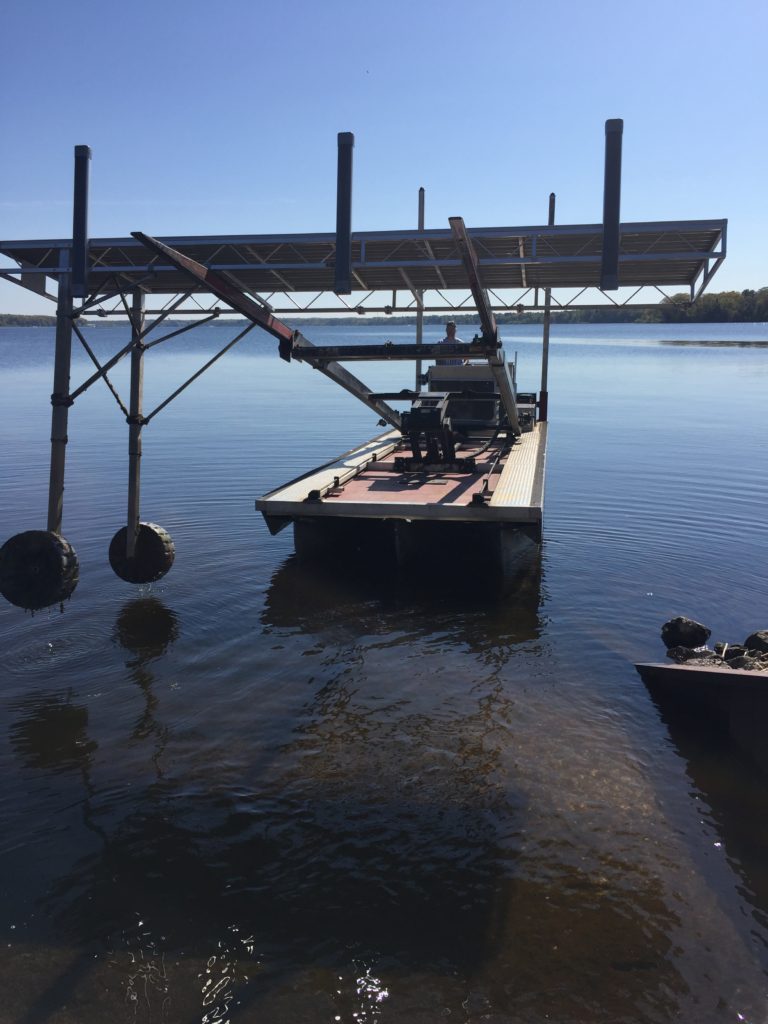Professional Insights on Long-Lasting Dock Repairs Solutions
Professional Insights on Long-Lasting Dock Repairs Solutions
Blog Article
Efficient Dock Fixing Techniques: Making Certain Structural Stability
Making sure the architectural stability of anchors via reliable fixing methods is vital for the longevity and safety of aquatic facilities. Subsequently, choosing the appropriate fixing products, such as corrosion-resistant alloys and composite materials, is critical for durability.
Examining Dock Damages
Analyzing dock damage is a vital primary step in guaranteeing the architectural stability and safety of any kind of docking center. This initial assessment includes a comprehensive examination to identify both visible and covert problems. Key aspects to examine consist of the dock's structure, pilings, decking, and hardware. Each component has to be inspected for indicators of wear, rot, deterioration, or various other forms of deterioration that might jeopardize the architectural honesty.
Architectural designers or qualified examiners generally carry out these evaluations making use of specialized tools and strategies. Underwater evaluations might utilize finder devices or remotely operated cars (ROVs) to discover submerged damage. Over water, visual examinations are enhanced by utilizing wetness meters and other analysis tools to uncover underlying concerns not right away visible to the nude eye.

Choosing Fixing Materials
Picking the ideal fixing products is a crucial step in the dock repair procedure, one that straight influences the durability and efficiency of the fixed framework. Material option should be driven by variables such as environmental conditions, load-bearing requirements, and compatibility with existing dock components. For example, wood is a conventional selection for anchors due to its natural strength and visual charm. Nonetheless, selecting the best kind of wood, such as pressure-treated lumber or naturally rot-resistant varieties like cedar or teak, is vital to withstand aquatic environments.
In addition to timber, composite materials are increasingly preferred as a result of their longevity and reduced upkeep demands. Compounds, typically made from a mix of plastic and wood fibers, supply superb resistance to rot, pests, and UV damage. For metal anchors, selecting corrosion-resistant alloys such as galvanized steel or marine-grade light weight aluminum is vital to stop rust and guarantee architectural honesty in saline water problems.
Epoxy materials and marine-grade sealers are vital for fixing cracks and securing joints, supplying a water-proof obstacle and boosting the dock's total strength. By thoroughly picking high-grade products, dock repair services can accomplish durable results, therefore protecting against future deterioration and making certain secure, reliable usage.
Structural Reinforcement Strategies
Effective structural support techniques are essential in making certain the security and long life of dock fixings. This approach is specifically effective for anchors exposed to hefty lots or harsh ecological problems.
Another necessary method is the application of fiber-reinforced polymers (FRP) These materials offer high strength-to-weight proportions and superb resistance to deterioration, making them excellent for reinforcing wood or concrete docks. FRP can be used in strips or sheets and adhered with epoxy materials to boost structural stability.
Bracing and securing systems additionally play an important function in architectural reinforcement. Cross-bracing, utilizing steel or wooden beams, can combat lateral pressures, reducing swaying and movement. Securing systems, such as helical piers or driven heaps, provide a steady structure by transferring lots to deeper, more steady soil layers.
Last but not least, the combination of load-distribution plates can assist distribute weight more evenly throughout the dock's surface, mitigating localized stress factors. These techniques jointly make certain that docks continue to be durable and secure, capable of holding up against the roughness of their operational environment.
Advanced Repair Work Techniques

An additional sophisticated method entails undersea welding, which permits repair services to be conducted without the need to dewater the area. This approach is particularly advantageous for dealing with architectural concerns in immersed dock components, guaranteeing minimal disturbance to procedures. Boosted welding techniques, coupled with robot systems, supply precision and reliability, thereby expanding the lifespan of the dock.
In addition, cathodic defense systems are applied to avoid corrosion in metallic dock structures. By using sacrificial anodes or pleased existing systems, these strategies effectively alleviate the electrochemical processes that lead to material wear and tear.
Finally, advanced surveillance innovations, such as structural health tracking (SHM) systems, provide real-time information on the condition of dock frameworks. These systems make it possible for positive upkeep and prompt interventions, ultimately guaranteeing the long-lasting i loved this architectural integrity of the dock.
Upkeep and Avoidance
Maintenance and prevention are basic ideas that underpin the long life and safety of dock frameworks. Regular evaluations are vital, permitting very early discovery of deterioration, possible weak points, and environmental effects. An aggressive strategy, involving regular checks for corrosion, rot, and structural changes, mitigates costly repair work and prolongs the dock's functional life.
Preventive procedures should include using protective finishings to metal parts to guard against corrosion and using cured timber to withstand degeneration. Additionally, ensuring appropriate drain and air flow can avoid water buildup, which is a typical source of structural destruction. Integrating high quality products and adhering to manufacturer standards during construction and repair work stages also play crucial functions in enhancing sturdiness.

Training personnel in dock upkeep ideal practices guarantees regular application of preventative measures. Leveraging technical breakthroughs, such as drones for inspections and sensing units for real-time tracking, can further improve upkeep initiatives. By prioritizing maintenance and prevention, dock owners can make sure architectural stability, functional safety and security, and cost-effective administration over the dock's lifespan.
Final Thought
In conclusion, preserving the structural honesty of aquatic facilities demands extensive dock fixing strategies. Thorough inspections making use of advanced tools reveal both visible and concealed problems, while the option of a knockout post appropriate repair service products boosts resilience. Executing structural reinforcement techniques addresses stress factors successfully. Advanced repair service strategies, coupled with regular upkeep techniques, make certain the dock remains functional and safe under varied environmental conditions. Taking on these check out here approaches substantially prolongs the lifespan and performance of aquatic infrastructure.
Guaranteeing the architectural integrity of docks via effective repair strategies is extremely important for the longevity and safety and security of marine facilities.Selecting the proper repair materials is a pivotal step in the dock restoration process, one that straight influences the durability and performance of the fixed structure.Efficient structural support strategies are crucial in making certain the security and longevity of dock repairs. By focusing on upkeep and avoidance, dock proprietors can ensure architectural integrity, functional safety and security, and affordable monitoring over the dock's lifespan.
In verdict, keeping the structural honesty of marine centers demands detailed dock repair work strategies.
Report this page